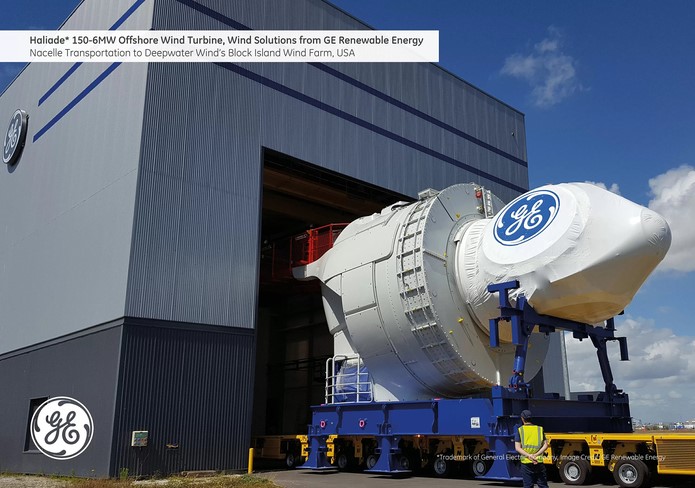
RES and NREL collaborate on innovative digital technology to drive wind turbine efficiency
DENVER–(BUSINESS WIRE)–RES, the world’s largest independent renewables company, and the U.S. Department of Energy’s National Renewable Energy Laboratory (NREL), have partnered to license and deploy an innovative technology to optimize the performance of wind turbines.
The ‘Dynamic Yaw’ technology effectively innovates the yaw system of wind turbines – the component responsible for the orientation of a turbine toward the wind – to maximize the overall performance and efficiency of turbines in a wind farm.
While traditionally, a single wind turbine is designed to work in isolation and self-orient in a manner that optimizes its own performance, the ‘Dynamic Yaw’ technology takes a systems approach to consider how each individual wind turbine on a wind farm can share data and work together as a team to increase the overall performance of the group of turbines. This systems approach has the effect of improving overall energy efficiency by adding the equivalent of 1-3 wind turbines to a 100 turbine-strong wind farm through enhanced management and controls.
“The renewables industry is on the cusp of widespread digitalization,” said Alex Bamberger, VP Digital Solutions at RES. “The ‘Dynamic Yaw’ technology will help wind asset owners optimize the overall output of their assets through better utilization of their data, and subsequent autonomous action of the asset. By sharing farm wide data and transforming the yaw optimization strategy of a wind farm to maximize overall performance, the ‘Dynamic Yaw’ transforms a collection of individual turbines into a team.”
Bamberger said that “licensing NREL’s technology is a good example of the way RES is able to combine its deep renewables expertise and understanding of how assets work, with the technology of leading research institutions. Merging these two capabilities is enabling RES to use modern digital infrastructure to manage data and turn insight into action. This technology isn’t a science project any more, it’s real and able to help customers reach net zero much faster.”
NREL Senior Engineer for Wind Energy Control Systems, Paul Fleming sees that “this technology demonstrates the ability of coordinated wind farm control to deliver improved performance and energy yield.”
Developed, installed and maintained by RES, and incorporating IP licensed from NREL, Dynamic Yaw has been trial tested by RES for over seven years across turbines at wind farms in the UK. The technology the NREL and RES collaboration unlocks will initially target customers in the Americas, but the technology can be installed anywhere in the world, bridging the gap between digital data and action on site.
As well as driving the energy efficiency of wind farms, the technology will improve supply chain efficiencies by enabling production of more renewable energy from the same investment. This will allow more efficient capital allocation – to extract all available renewable energy from our existing assets.
Contacts
FTI Consulting
RES
Rachel Anderson
For further information visit: https://www.res-group.com/


